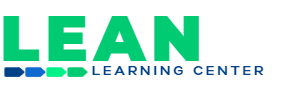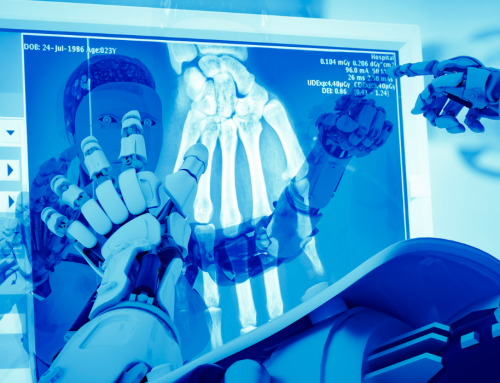Cognitive Science makes the important distinction between performing by rote and proactively using performance support tools such as lean learning’s PDCA checklists, flow diagrams, lean transformation roadmaps, and 5 why decision trees and lookup tables.
“Too often, learning leaders make courses when the information doesn’t have to be in the head, it just needs to be on hand,” writes Clark Quinn in “The Cognitive Science behind Learning” article that appeared in the January/February 2017 issue of CLOMedia.com newsletter. Quinn is a leader in the field of Cognitive Sciences and head of Quinnovation, a company that applies technology and strategy to analysis of how people think, work and learn.
According to Quinn, in order to develop learning skills, one has to be able to retrieve and apply information to the type of problems that learners face in performance situations. The hands-on approach, e.g., on the factory floor or in the laboratory, gives learners an opportunity to retrieve stored information coupled with appropriate knowledge and skills to create contexts that resemble the performance situation. In other words, says Julie Dirksen, principal of Usable Learning and author of Design for How People Learn (Voices that Matter): “Learning leaders need to know more, to do more.”
To train in sales, states Quinn, take salespeople through the process of making calls, writing proposals and addressing potential customer relations issues. If training is in the area of operations, have them trouble-shoot real problems—and have them practice using lean tools.
Merely talking about an issue or reciting information is hardly the same as actually being involved in performance testing and observation. Lean Learning’s 4 Rules and 5 Principles provide a comprehensive outline for creating learning contexts and retrieving stored information for any type of performance model. “Learning should progress in sensible steps and provide sufficient practice to develop the necessary level of performance,” states Quinn.[2] Social learning through externalizing processes that use lean tools can also play an important role in minimizing problems that occur in random errors. Lean templates and roadmaps maintain alignment within performance contexts without limiting the conceptualization process. Most important of all is lean’s 3-step performance process: Learn-Apply-Reflect. This formula is the backbone of lean’s expert, efficient, time- and cost-effective performance. “The end result is that we can change our learning practices for the better, and impact our outcomes, by understanding cognitive science in general, and the learning sciences in particular,” concludes Dirksen.[3] [1] For a review of the 4 Lean Rules and 5 Lean Principles, see Power the Lean Enterprise, by Bill Artzberger. Mesa AZ: Dandelion Books, 2017. https://www.amazon.com/Powering-Lean-Enterprise-Fundamentals-Super-Charging/dp/0996708960/ref=sr_1_1?s=books&ie=UTF8&qid=1489785470&sr=1-1&keywords=powering+the+lean+enterprise [2] “The Cognitive Science behind Learning,” January/February 2017 issue of CLOMedia.com [3] Op. Cit., Dirksen, principal of Usable Learning, quoted in “The Cognitive Science behind Learning,” January/February 2017 issue of CLOMedia.com.




